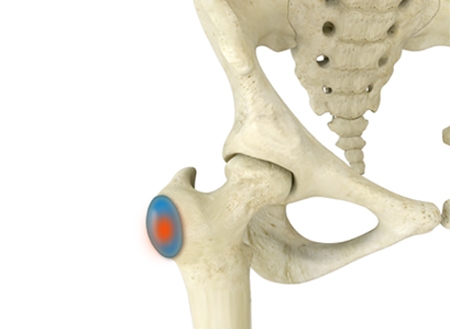If you have been an avid reader of the OAW Blog, you may remember reading about strategies to distinguish between pain originating from your hip versus pain stemming from your low back. Today, we will introduce another complicating factor in the battle to differentiate hip versus back issues. Trochanteric bursitis is typically classified as a ‘hip’ issue and is often treated by our board-certified hip specialists, but the problem is not in the hip joint itself. Rather, the problem lies in the trochanteric bursa-a next door neighbor to the hip.
Bursas in general are fluid-filled sacs that exist to help decrease friction in regions where tendons move over bony prominences. In the case of trochanteric bursitis, it is the tendons from the gluteus muscle group (our buttocks is actually composed of THREE muscles!) that are gliding over the greater trochanter of the femur when the hip joint is flexed and extended. Like other soft tissues, the bursa and involved tendons can become irritated and inflamed; hence the diagnosis bursITIS, or inflammation of the bursa.
This inflammation causes patients to experience pain on the outside aspect of the hip, particularly with prolonged walking or side-lying on the affected leg. Most typically, patients can pinpoint a region of maximal discomfort often accompanied by radiating pain down the outside aspect of the leg to the knee. Usually, symptoms associated with trochanteric bursitis do not include numbness, tingling, or weakness. These symptoms are reserved for low back pathologies and should be treated with a spine specialist.
Treatments for trochanteric bursitis include oral and topical anti-inflammatory medications and avoidance of aggravating activity. If these home remedies don’t do the trick, typically your physician will recommend a course of formal physical therapy or a physician-guided home exercise program to improve the mechanics of the joint and how it moves. This may be combined with a cortisone injection in the region of the bursa to help get anti-inflammatory medication directly to the inflamed structures. Most patients respond well to these measures and are back to their normal activity in no time at all.
This blog is written by one of our very own-Morgan. She is a certified athletic trainer working in our clinic with our providers each and every day. She obtained a bachelor’s degree in athletic training from Carroll University in Waukesha and a master’s degree in Kinesiology from Michigan State University.

